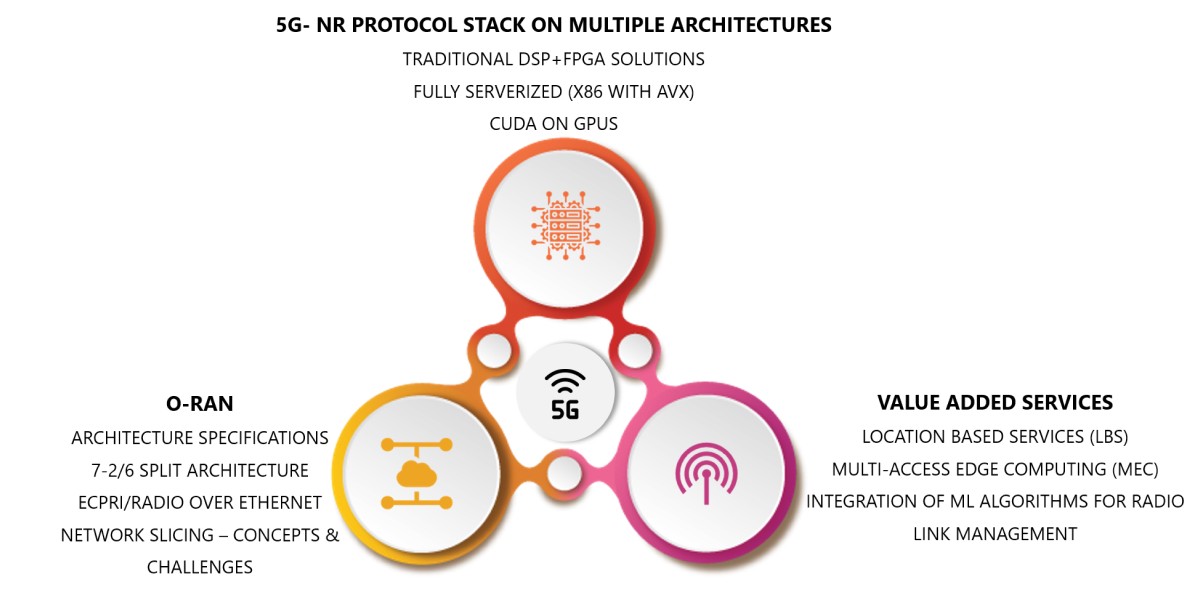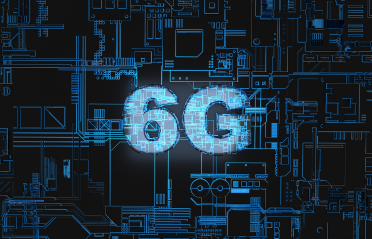Overview
GSMA, the industry group that organizes the world’s biggest tech show, the Mobile World Congress (MWC) has recently stated that 5G connections are forecast to reach 1.1 billion by 2025. The report implies that one in eight mobile connections would be a 5G connection. The use cases of 5G networks include mobile broadband, IoT, and communications. High speed and low latency are the key driving factors that justify investing in 5G.
HSC’s Expertise in 5G:
Hughes Systique has been operating in the wireless arena for the last ten years and can develop scalable and intelligent solutions required in 5G wireless application development. HSC offers the entire suite of services needed for 5G networks, from the core aspects of WiFi architecture consulting to the equally critical routine activities of testing and maintenance.
Some of our cutting-edge work in this domain includes providing services for the following areas:
- Full-stack protocol development for both access and non-access stratum for OEMs and TEMs. HSC has experience in developing and testing protocol stacks on a variety of modern platforms, including DSP, FPGA, and serverized architectures.
- Virtual Network Function architecture design, deployment, and testing on 5G network architectures.
- Machine Learning and Deep Learning applications for 5G wireless, including ML-based beamforming and radio resource optimization.
- Small cell design and development across baseband, protocol stack, backhaul & O&M domain
Partnerships:
HSC is poised to be a partner of choice for Magma adoption with its strong portfolio of system integration capabilities and service offerings in 5G Networks, virtualization, Open RAN, cloud & DevOps to enable the adoption of Magma.

Product Engineering Services Customized software development services for diverse domains
Quality Assurance End-to-end quality assurance and testing services
Managed Services Achieve scalability, operational efficiency and business continuity
Technology Consulting & Architecture Leverage the extensive knowledge of our Domain Experts











